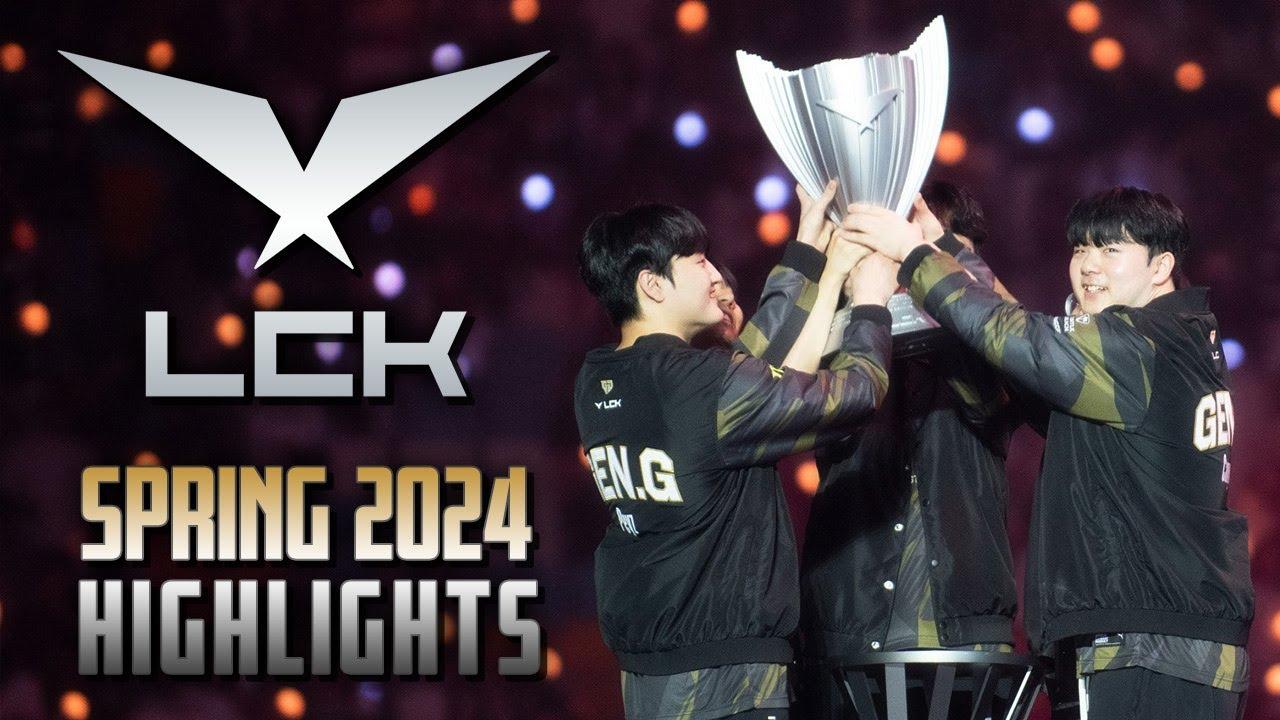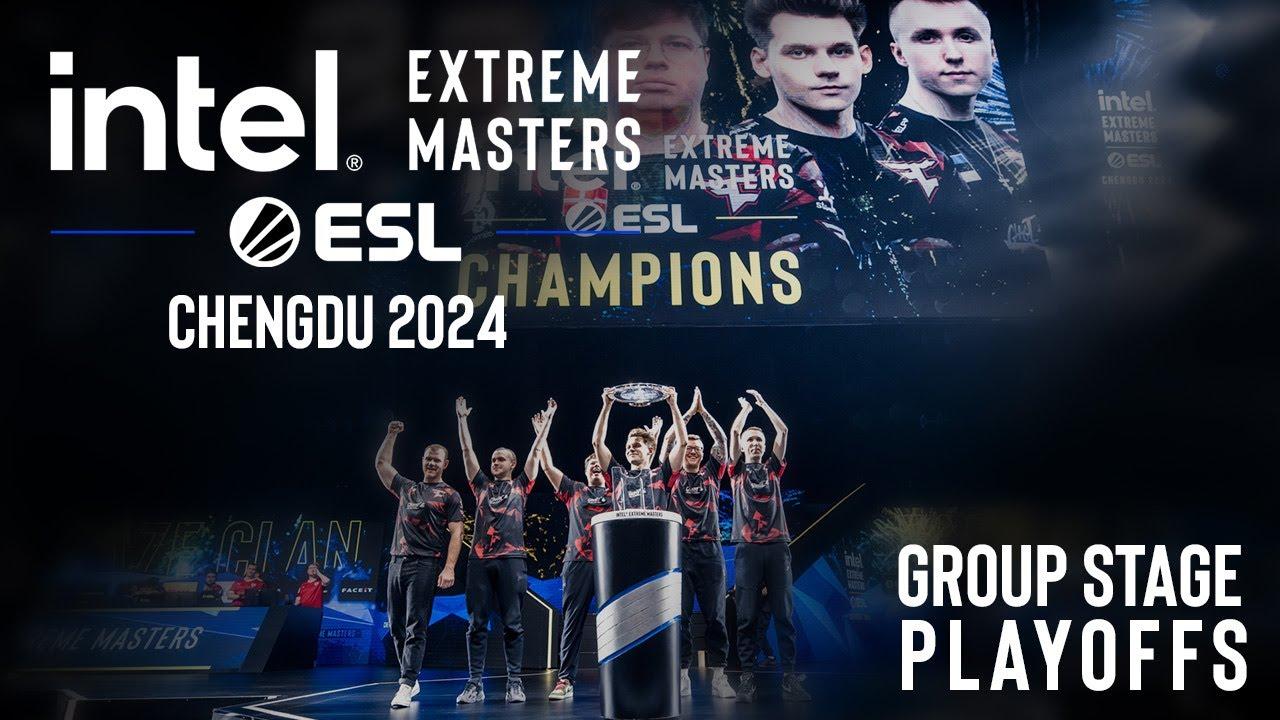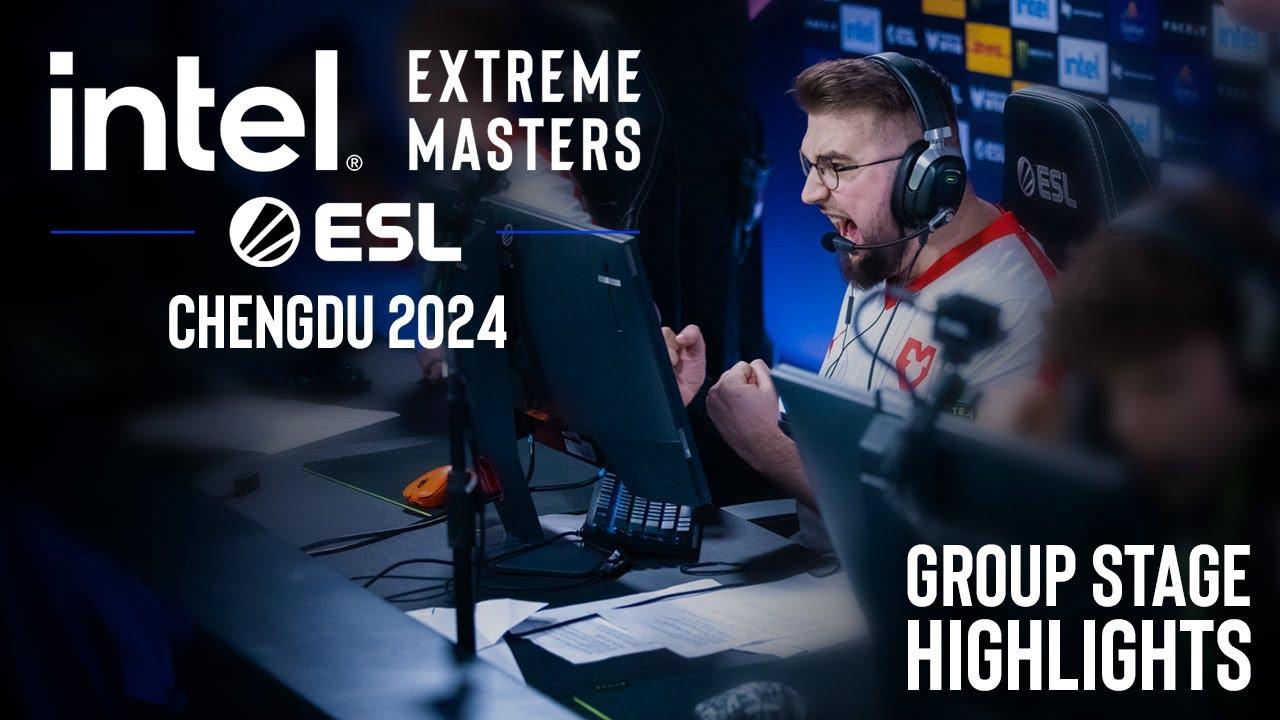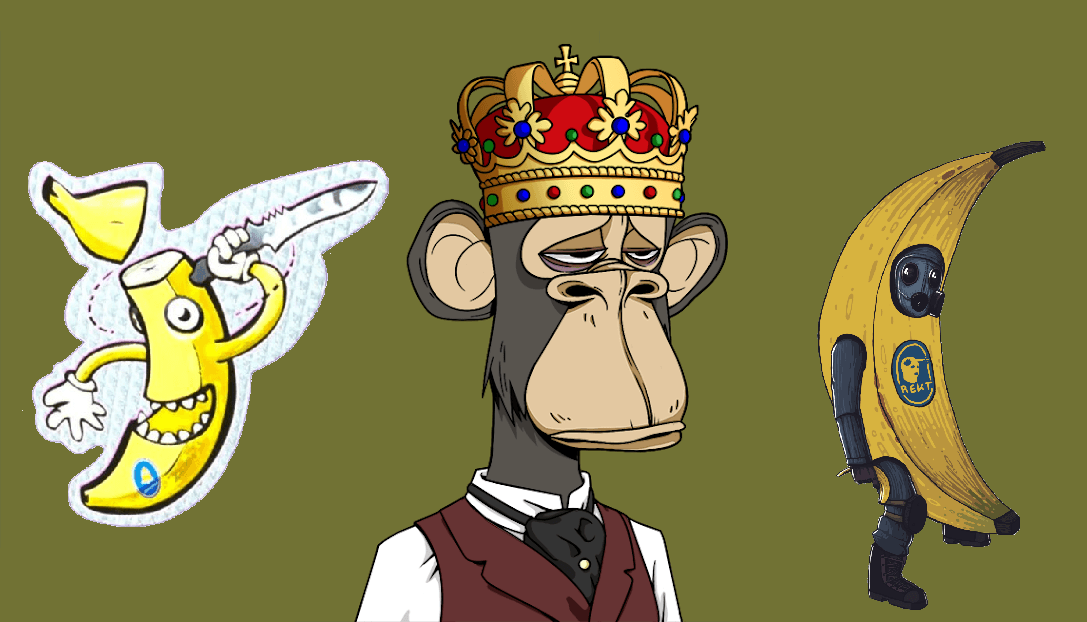
Why do CSGO skins get compared to NFTs? And is this valid?
In many ways, skins in Counter-Strike: Global Offensive are the genesis of the current NFT craze.
Now that world is more digital than ever, collectors have turned their attention to the world of online collectibles. These online items take many forms, with non-fungible tokens currently making the rounds as the new trading card. While generally considered a novel idea, NFTs actually have their roots in existing online collectibles like the gun skins found in CSGO. Here’s why so many people draw comparisons between the two and what truly sets them apart.
CSGO skins are a proof-of-concept for NFTs
In many ways, CSGO skins can be seen as a forerunner to NFTs. They are both digital objects with real-world value, which leads to easy comparisons.
Both CSGO skins and NFTs are digital items that people effectively own, but also kind of don’t. With NFTs, each individual token is unique and tied to a digital file, usually an image. It’s commonly believed that only the owner has access to a particular NFT image, but that’s not actually true. The NFT owner only has ownership of the associated hash for the image stored on a digital ledger.
This is essentially true for CSGO skins as well. While the player who owns it can use, trade, or sell the skin at their discretion, Valve can take away those privileges for any reason at any time. When CSGO eventually shuts down someday, all the skins in every inventory will vanish into thin air. The decentralized nature of the blockchain makes NFTs more secure, but the concept of owning a digital file is still abstract.
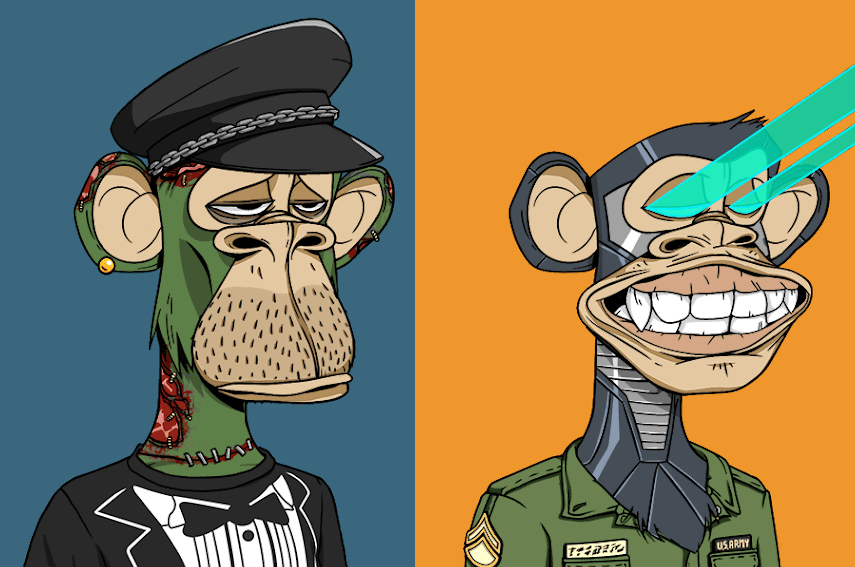
Another interesting trend between the two concepts is the idea of uniqueness. In CSGO, the vast majority of skins are nearly identical to each other, but many exceptions exist. Float value affects the amount of wear-and-tear on the skin even within the same general descriptor. Two Factory New versions of the same skin can still look quite different. StatTrak™ and Souvenir modifiers can also affect value, but no skin is completely unique in the same way that some NFTs are. Every Bored Ape Yacht Club NFT has a unique combination of backgrounds, clothing, facial expressions, and more.
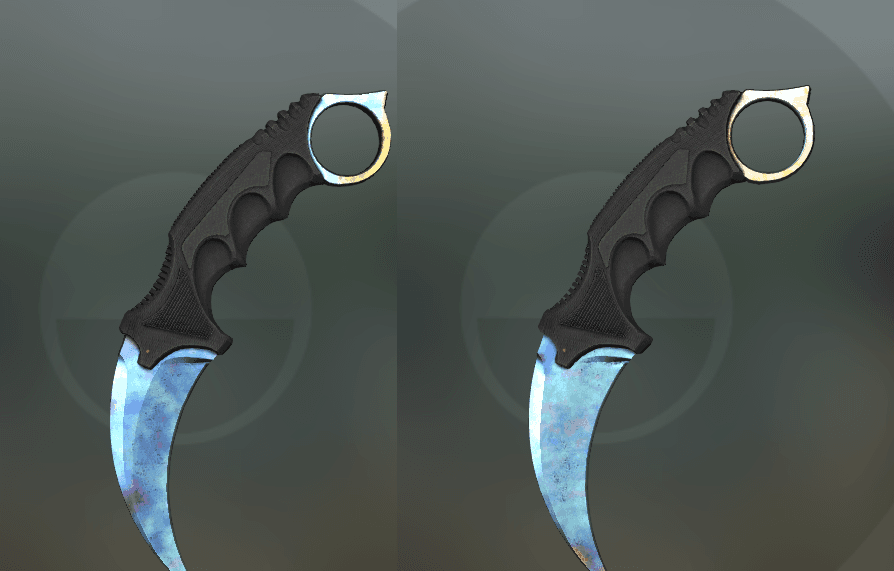
A similar concept exists in CSGO. Many skins, especially knives, have a pattern number that affects which part of the base template appears on the gun. Some skins such as the only known StatTrak™ Minimal Wear Karambit | Doppler Black Pearl are effectively unique, but an identical copy could potentially be unboxed at any moment.
Proven value and utility separate the two collector’s items
While somewhat similar, there are a number of major differences between NFTs and CSGO skins. One major distinction is how ownership works. Though there’s lots of shadiness attached to NFTs, CSGO skins actually have an even bigger red flag given that players don’t actually own anything in their Steam inventory.
NFT owners have their ownership of something marked on the blockchain, a digital ledger shared across multiple computers. Skins in Counter-Strike: Global Offensive are all stored on Valve’s server. While NFT holders can prove their ownership using information, CSGO players cannot do the same. Valve can arbitrarily decide to ban someone, which leaves them empty-handed and can have major impact on the Steam economy.
Another major difference between CSGO skins and NFTs is the established value. In the current NFT marketplace, the images represented by the tokens have no inherent value. They cannot be used for anything other than online display, though physical representations are starting to pop up. Certain projects are currently attempting to integrate NFTs into video games, but no major platforms currently exist.
While all CSGO skins are technically owned by Valve no matter what, they have an established use in-game. CSGO gun skins don’t boost stats or impact gameplay, but they can provide aesthetic value.
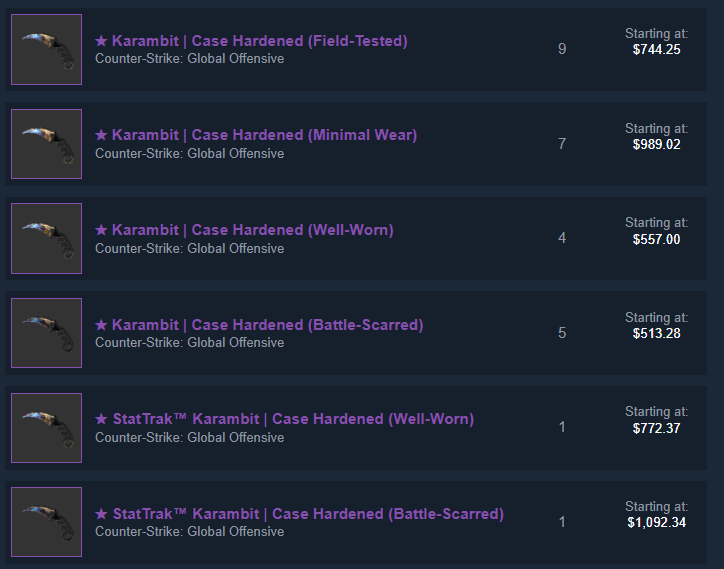
CSGO skins also have an established market value thanks to the Steam Community Market. That means that a skin-owner can quickly and easily convert it into cash. Selling through Steam keeps the money in Valve’s ecosystem, but there are plenty of ways to convert CSGO skins into real money.
The NFT community could probably learn a thing or two from CSGO skins, but the massive differences in value and ownership keep the concepts distinctly different.
Recommended

All maps are now available in CS2, what does it mean?
Poor Inferno players.

Redline creator reveals a sequel skin for CS2
Maybe call it the Orangeline?
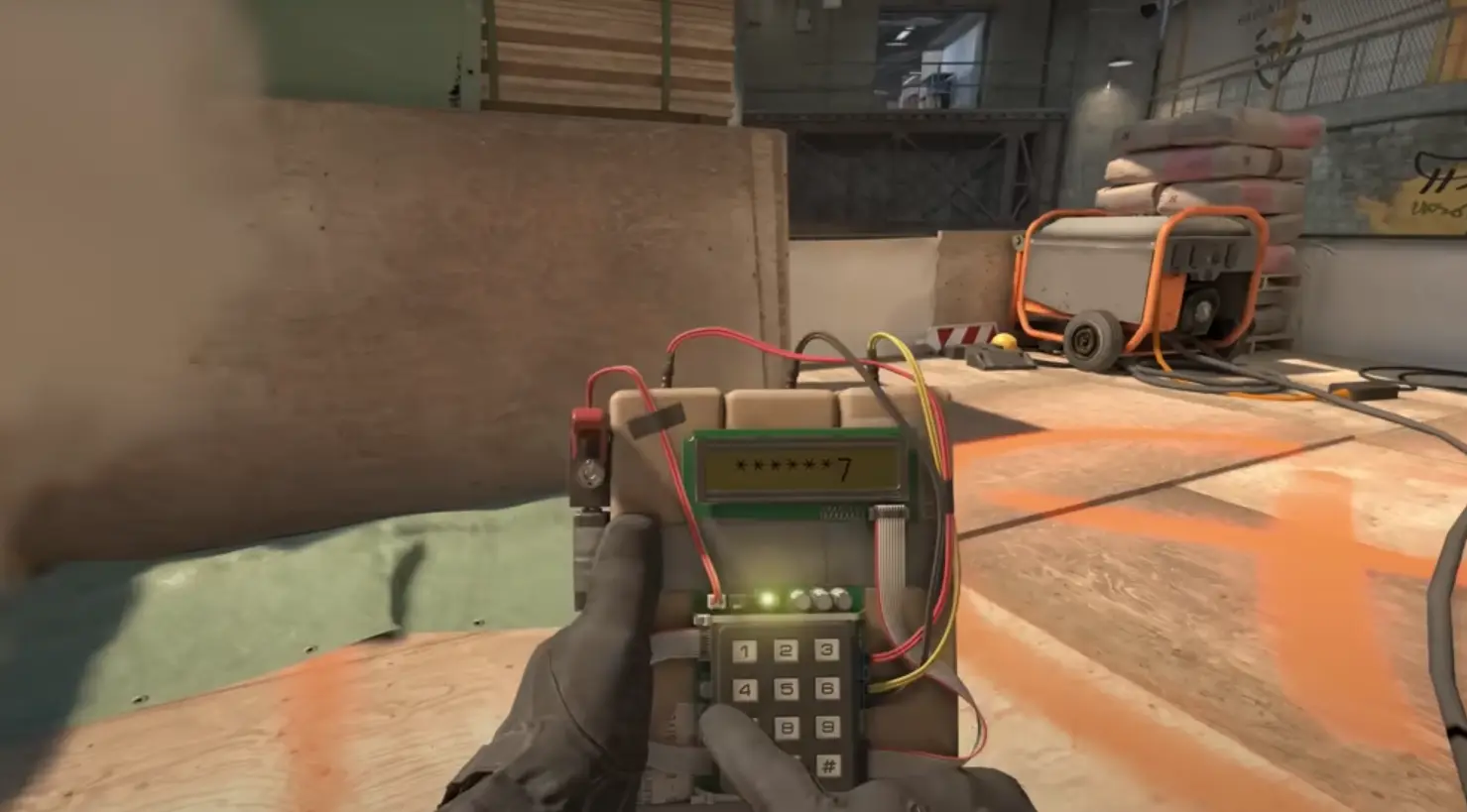
CS2 release date: Everything we know so far
Is it CS2-morrow? No, it is not.

